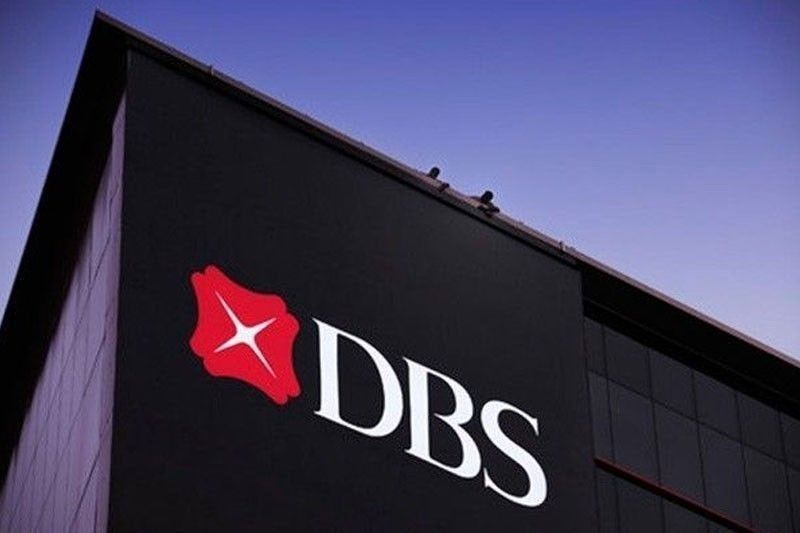Interbank contagion risks ‘quite small’ for Philippines, Asia

MANILA, Philippines — Interbank contagion risks arising from the banking crisis in the US and Europe are “quite small” for Philippine and Asian banks that are less dependent on offshore funding, according to DBS Bank Ltd. of Singapore.
Chang Wei Lang, foreign exchange and credit strategist at DBS, said there are limited risks of contagion to Asian banks that have different business models and risk factors.
Unlike the global financial crisis in 2008-2009, Lang said the financial shocks arising from the closure of Silicon Valley Bank and Signature Bank in the US as well as the deposit run that affected Credit Suisse in Europe are not transmitted by connections among financial institutions.
He pointed out that affluent depositors with large deposits above the threshold for insurance are more prone to withdrawals in the event of negative news.
According to Lang, important regulations on counterparty risk management have been introduced with attention to topology of links between banks after the GFC.
Likewise, he added that large systemically important banks are now facing higher capital, liquidity, and supervisory standards.
“The global financial system is unequivocally more insulated compared to 2008,” Lang said.
DBS said the deposit base of Asian banks are highly resilient with the introduction of deposit insurance schemes since the Asian financial crisis in 1997-1998.
For one, state-run Philippine Deposit Insurance Corp. (PDIC) provides an insurance coverage for deposits of up to P500,000 covering 96.7 percent of total deposit accounts in the country.
“For banks active in Asia credit markets, all have business models that catered to the retail mass market, with limited dependence on affluent depositors. Their deposit base is thus closer to the country average in terms of the proportion of fully insured depositors, which should curb risks of deposit flight,” Lang said.
DBS also said Asian banks, as compared to Western banks, have less market transactions and complexity given the limited depth and development in their domestic financial markets.
This implies a smaller surface area for legal and regulatory risks.
“The extent of litigiousness may be different across Asia, given a myriad of political and legal systems. But the smaller degree of legal provisions for Asian banks are indicative that they are less at risk from regulatory or legal issues that could give rise to jitters among depositors,” Lang said.
Furthermore, he said the interest rate risk in the banking book of Asian banks are not too worrying.
“Asia faces smaller rise in long-term rates and rate volatility. This poses less market risk for banks’ investment holdings, even in the event of inadequate interest rate hedges,” he said.
Lang said Asian banks are better positioned on the back of a strong mass market franchise, very high fully insured depositors numbers, and perceptions of implicit state support.
“Credit of Asian banks should thus stay resilient in view of their limited funding risks,” Lang said.
For his part, Bangko Sentral ng Pilipinas Governor Felipe Medalla reiterated anew that the Philippine banking system is sound, stable, and supportive of economic growth.
“The Philippine banking system is prepared to withstand shock from banking turmoil abroad,” Medalla said.
- Latest
- Trending


























